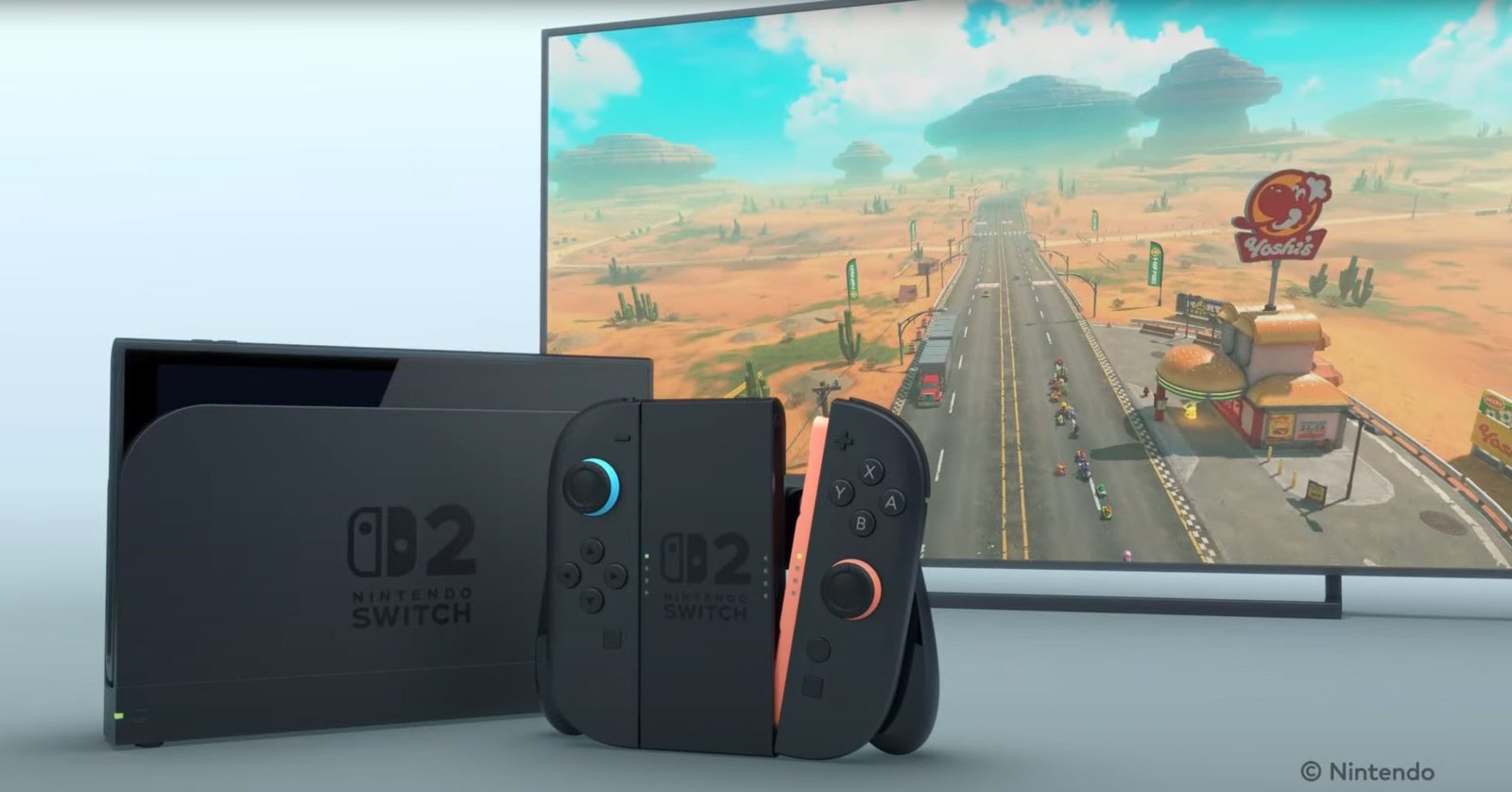There has been much speculation over the Nintendo Switch 2, and new leaks over the clock speeds continue to build upon that buzz. Recent analysis by Digital Foundry-a group of technical experts-shines light on those leaks, thus offering insight into the hardware and maybe even the performance of the new console.
Leaked Clock Speeds: A Closer Look
A digital foundry podcast discussed the leaked clock speeds of the Nintendo Switch 2. The system seemed to run on an 8nm chip, which is within the realm of possibilities for the NVIDIA T239 chip. While the clock speeds seem reasonable for this sort of system, there were a few caveats:
GPU Clock Speeds in Handheld Mode:
The GPU clock speed for handheld mode seems a bit on the lower side, especially considering how effectively the system can cool. CPU Clock Speeds Surprisingly, the CPU clock speeds-running on eight Cortex A78 cores-are actually higher when the console is in portable mode compared to when it is docked. This unusual configuration could indicate that Nintendo disables cores in portable mode to save battery or uses different CPU frequency modes for docked mode.
Barring these quirks, the clock speeds are about where one would reasonably expect them to be with an 8nm chip, further solidifying that the T239 chip is indeed the backbone of the Nintendo Switch 2.

Memory Bandwidth and Display Concerns
Another possible limitation is the system’s memory bandwidth in portable mode. If the rumors about the Switch 2 featuring a 1080p screen prove true, this bandwidth might just become a bottleneck. Unfortunately, the reveal trailer didn’t confirm the screen resolution, leaving fans guessing about the display’s capabilities.
NVIDIA DLSS and Graphics Potential
The Switch 2 is supposedly rocking some form of NVIDIA’s Ampere architecture, but how it makes use of this tech is anyone’s guess. A short clip of Mario Kart in the reveal trailer didn’t indicate anything too new like NVIDIA DLSS or any other features Ampere can bring to the table.
Digital Foundry noted that the console could include NVIDIA’s new Transformer Model for DLSS, but this model might be computationally too intensive for the more mobile-focused hardware of the Switch 2. Instead, it would be more plausible to use a more lightweight version of DLSS, as hinted at in a patent recently, which would let the system balance performance with its hardware limitations.
What’s Next for the Nintendo Switch 2?
It is now that an official at Nintendo has confirmed that the Switch 2 will hit the global market later this year. Fans won’t have to wait much longer for more information-the company is going to hold a dedicated Nintendo Direct event in early April. The event will dive deep into the console’s features, specifications, and game lineup.
Final Thoughts
The leak of the clock speeds and hardware details for the Nintendo Switch 2 hint at a promising, yet cautious, upgrade over its predecessor. With questions around performance in handheld mode and just how the system will make use of NVIDIA’s more advanced technologies, there is a great foundation with the 8nm chip and T239 architecture. As April approaches, anticipation builds for what could be Nintendo’s next big success.

